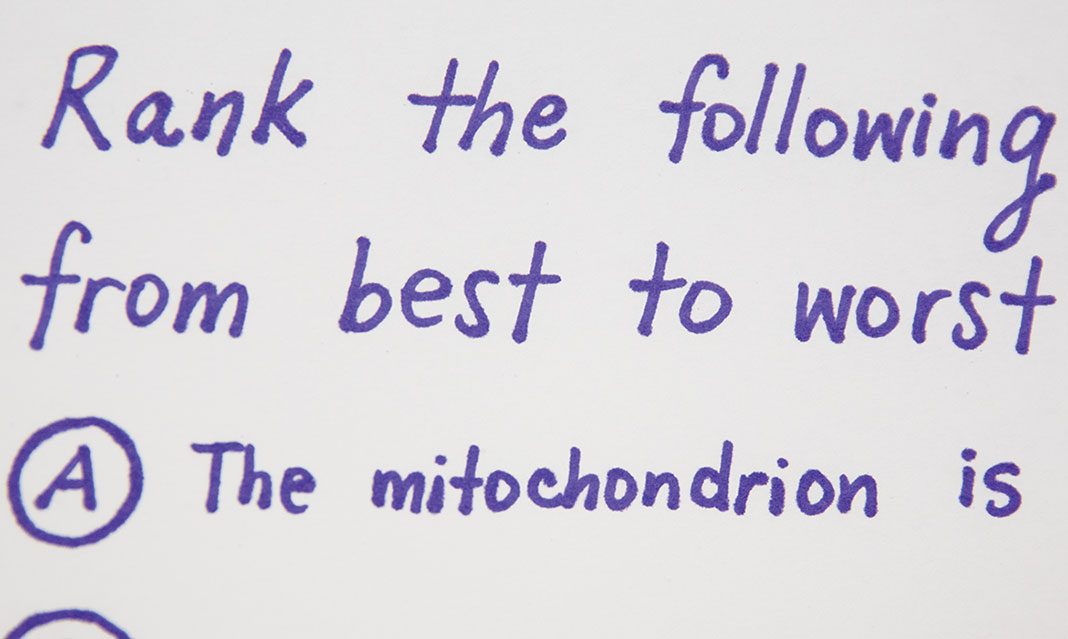A new grading response method will now require geography, anthropology, science, and management students to rank four answers from best to worst answer, instead of answering standard multiple choice questions.
Created by Professor Michael deBraga, a numeracy and scientific literacy specialist at the Robert Gillespie Academic Skills Center, the GRM’s main goal is to help students think more critically instead of selecting one correct answer like that of the multiple choice format. It also aims at testing to see if the students not only recognize whether a statement is true or false, but also to what degree it is true or false.
“[The GRM] has a more systematic way of identifying students’ misconceptions that our current multiple choice tests do not [have],” said deBraga in an interview with The Medium.
The idea of the GRM came when deBraga relied on the GRM to gauge students’ feedback in his BIO356 labs. Following the realization that the feedback was all different, deBraga said that he compared the performance of multiple choice results with short answers and GRM questions. He found that the performance level on the GRM correlated with the short answers, while the multiple choice questions had no correlation.
Regarding multiple choice questions, deBraga stated that students recognize facts, look for keywords, and select answers on that basis.
He also explained that professors “do not know the level of understanding they [students] have” from the multiple choice. They “cannot know the weakness of understanding” and they “cannot address that in class, [whether] in the same class or future years.”
“We are going to use the GRM to influence the structure of existing multiple choice questions, and maybe be able to eliminate short essay-type questions, which would allow teaching assistant to reduce hours for grading and use those teaching assistant hours for interacting with students,” deBraga continued.
Another benefit, according to deBraga, is that the grading method will change the students’ approach in studying, as they start to learn why an answer is an answer.



